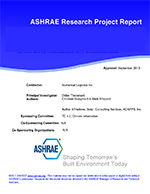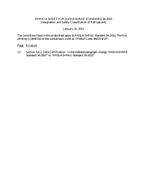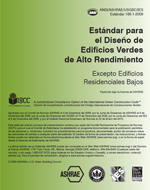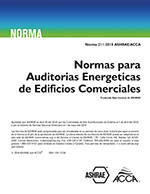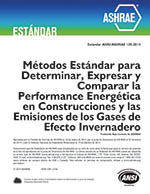Description
An experimental study has been made to evaluate ozone as a corrosion inhibitor for use in open-air recirculating cooling water systems. The effect of ozone on the corrosion of AISI 1010 carbon steel, CDA 122 copper and hot-dipped galvanized steel in soft and hard waters, and the stability of two corrosion inhibitors, 1-hydroxyethylidene diphosphonate (HEDP) and totyltriazole (TTA), in the presence of 0.1 ppm of ozone were examined with a laboratory water recirculating system over a range of water temperature of 70 – 90°F (21 – 32°C) and water velocity of 0.5 – 9.5 ft/s (0.15 – 2.9 m/s). The mechanism of ozone affecting metal corrosion was studied with an electrochemical polarization technique and the change in the chemical composition of test water during the corrosion tests. Based on the results of these investigations, the following conclusions may be made:
(1) In soft water, corrosion of AISI 1010 carbon steel was inhibited by ozone. Pitting corrosion occurred on all carbon steel coupons in soft water. Ozone decreased pit density, pit size and pit depth. At 90°F (32°C) the average corrosion rate of carbon steel in soft water was: 22 – 60 mpy (0.56 – 1.5 mm/yr) without ozone and 14 – 27 mpy (0.35 – 0.68 mm/yr) in the presence of ozone.
(2) In hard water, corrosion of AISI 1010 carbon steel was accelerated by ozone. Uniform corrosion occurred on all carbon steel coupons in hard water. The extent of corrosion acceleration by ozone decreased with increasing water velocity, and at a high velocity of 9.5 ft/s (2.9 m/s) the corrosion rates of carbon steel with and without ozone became approximately the same at approximately 20 mpy (0.51 mm/yr).
(3) Corrosion of CDA 122 copper in both soft and hard water was accelerated by ozone. In the presence of 0.1 ppm of ozone, the corrosion rate of copper was: 0.6 – 1.5 mpy (0.016 – 0.038 mm/yr) in soft water, and 0.8 – 1.4 mpy (0.02 – 0.036 mm/yr) in hard water.
(4) Corrosion of hot-dipped galvanized steel in both soft and hard water was inhibited by ozone. The inhibition efficiency increased with increasing water velocity.
(5) Ozone reacted with HEDP and TTA in both soft and hard water, and the corrosion inhibition efficiencies of HEDP and TTA were decreased by ozone. Pitting occurred on all carbon steel coupons in the test water containing the inhibitors. Ozone increased pit density at the same test condition.
Product Details
- Published:
- 1994
- Number of Pages:
- 113
- File Size:
- 1 file , 3 MB
- Product Code(s):
- D-RP-747
